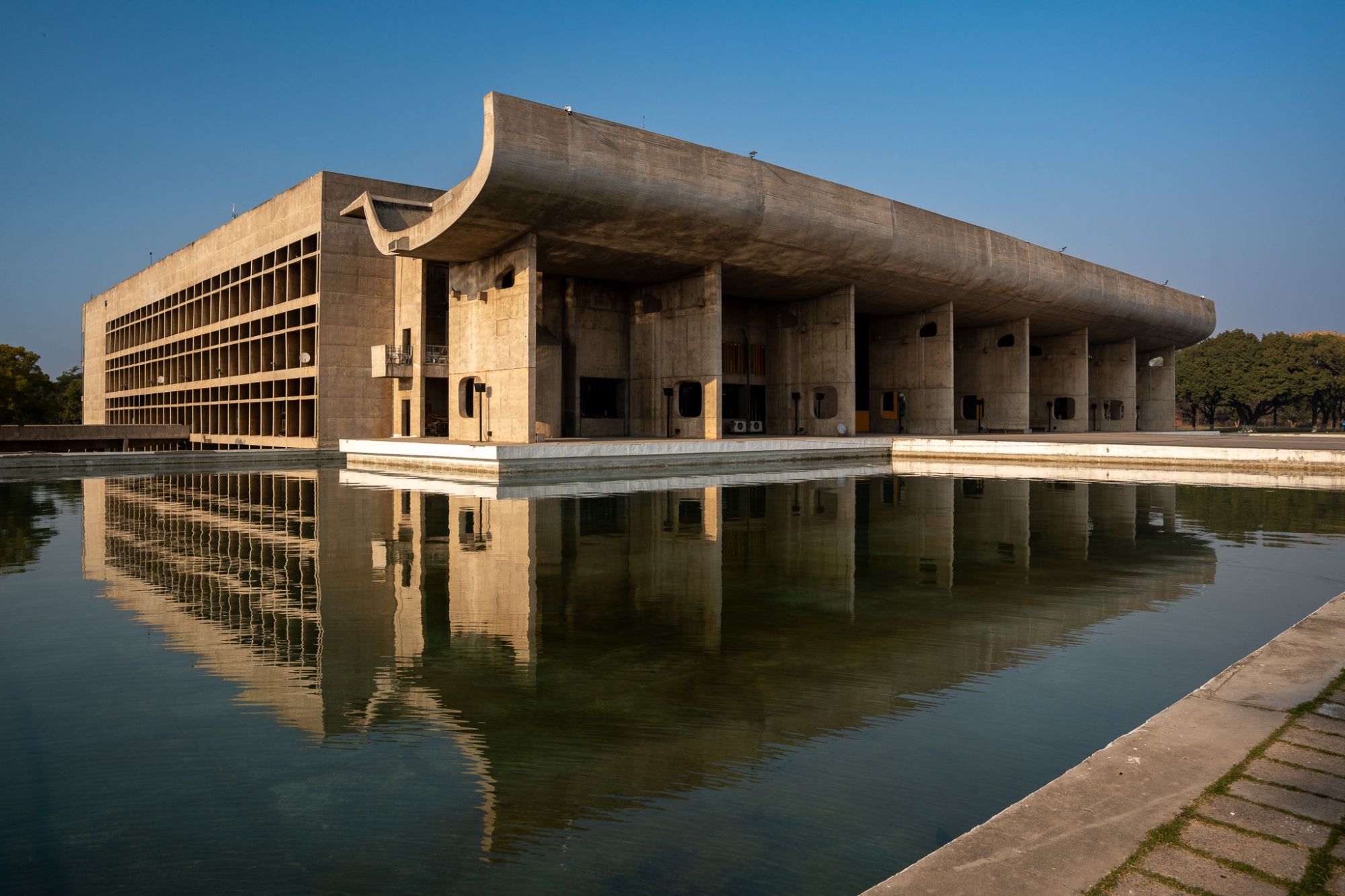The Early Learning Village in Singapore was presented at the AT Awards live finals on 7 November 2022 at the Chartered Institute of Environmental Health to a jury comprising, Despina Katsikakis, Heather Topel, Asif Din, Amin Taha, Farshid Moussavi, Matt Kennedy, and Chair Lee Mallett. Read about how the project has stood the test of time, below.
The complex is designed to make a very large volume feel small and intimate for the users and to give every classroom its own outdoor space. Credit: Infinitude
The Early Learning Village in Singapore is an innovative and inspirational education project that accommodates more than 2,150 preschool-aged children and 400 staff.
Designed by Bogle Architects, the four-storey, 200-metre long scheme adopts a pupil-centred approach in line with Reggio Emilia principles. This has resulted in a counterintuitive organisational structure with the youngest children at the top of the building and the oldest at the bottom. In operational terms, this means that the youngest, some of whom can’t walk yet, are moved only at the beginning and end of the day, allowing the more expansive green spaces on the lower levels to be ruled by enthusiastic four- and five-year-olds.


Central to the success of the scheme is an open and engaging learning environment that is full of natural light and external awareness. A wide variety of spaces, ranging from intimate areas of sensory learning to more expansive zones of external play and social interaction, recognise the importance of spatial experiences for a child’s development. A pod system of year groups creates a family feel, with many parents commenting on how quickly their children have settled into their new surroundings.
A displacement air system provides low-level fresh air into the classrooms, resulting in better comfort and wellbeing than many traditional solutions employed in Singapore. Other environmental initiatives include solar shading from overlapping floor plates, high-performance glazing, and a central ETFE-covered atrium incorporating large trees.
Overall, access to outside space from every classroom, daylight, noise dampening and efficient temperature control all play their part in creating an optimal educational facility that is both adaptable and resilient.













